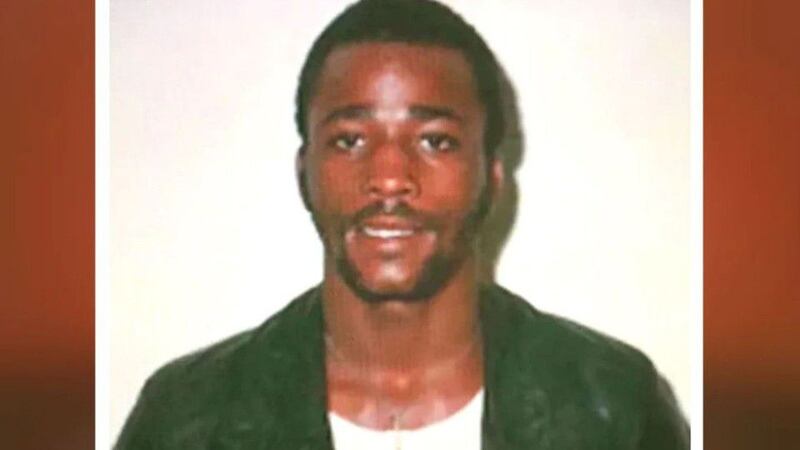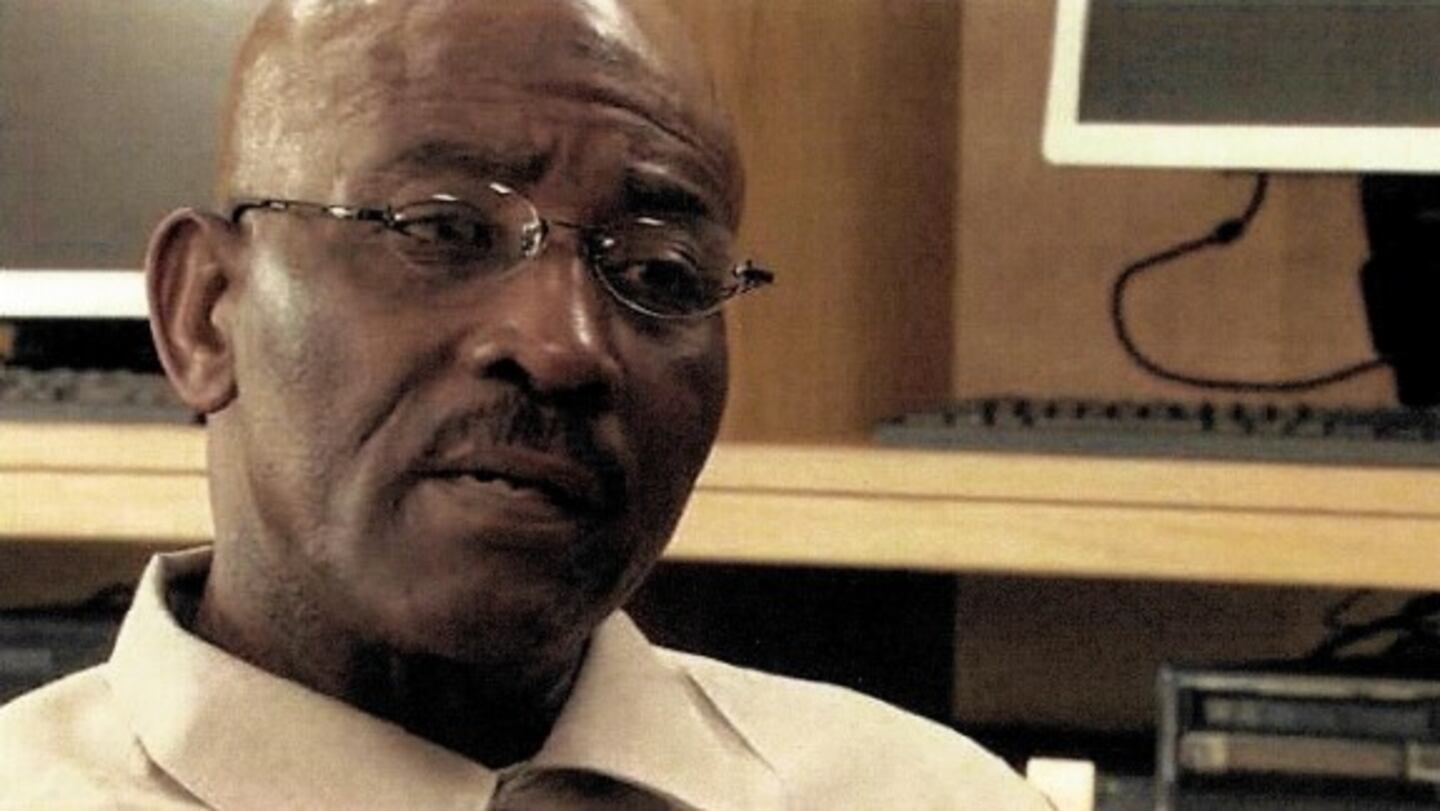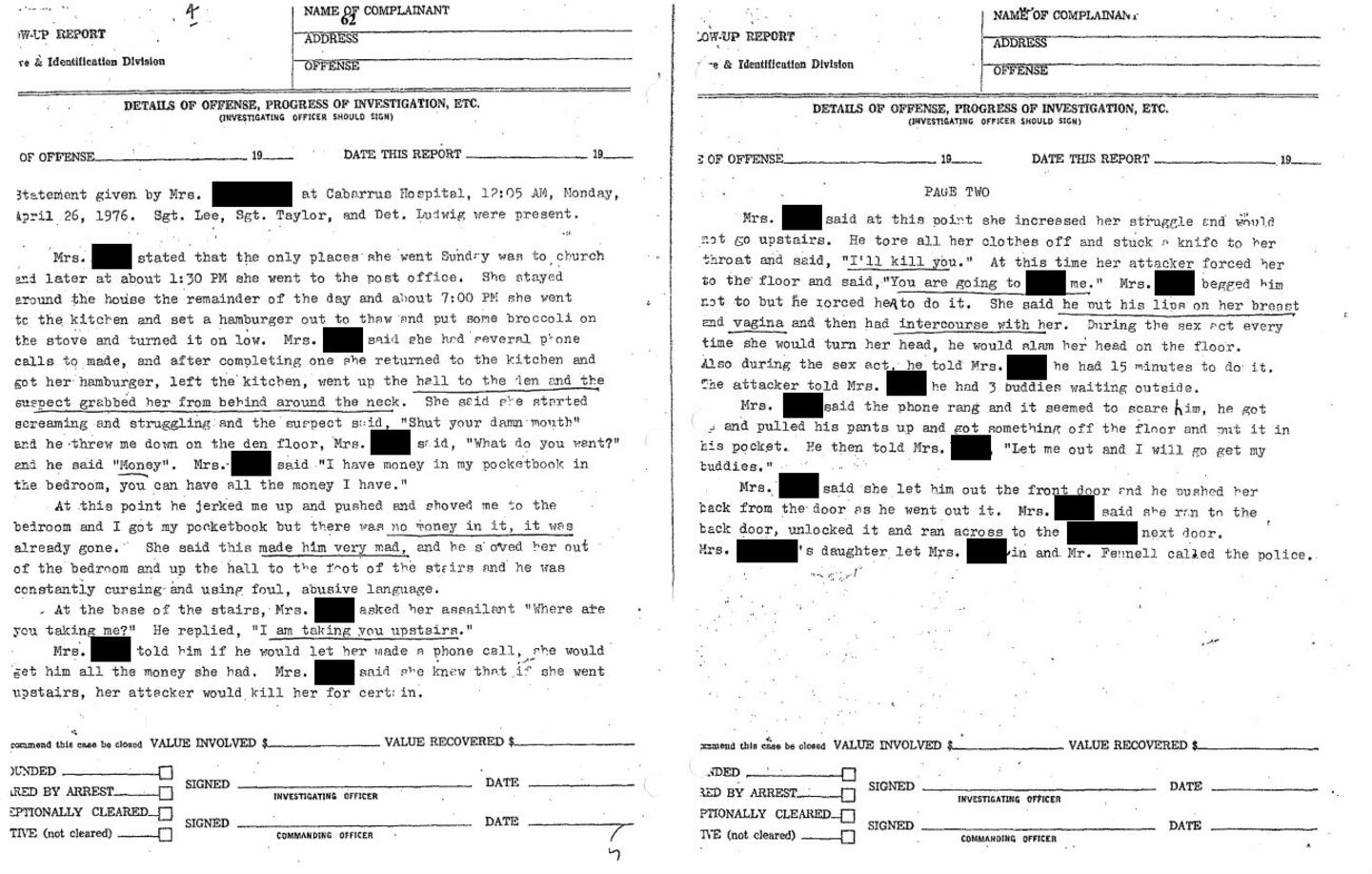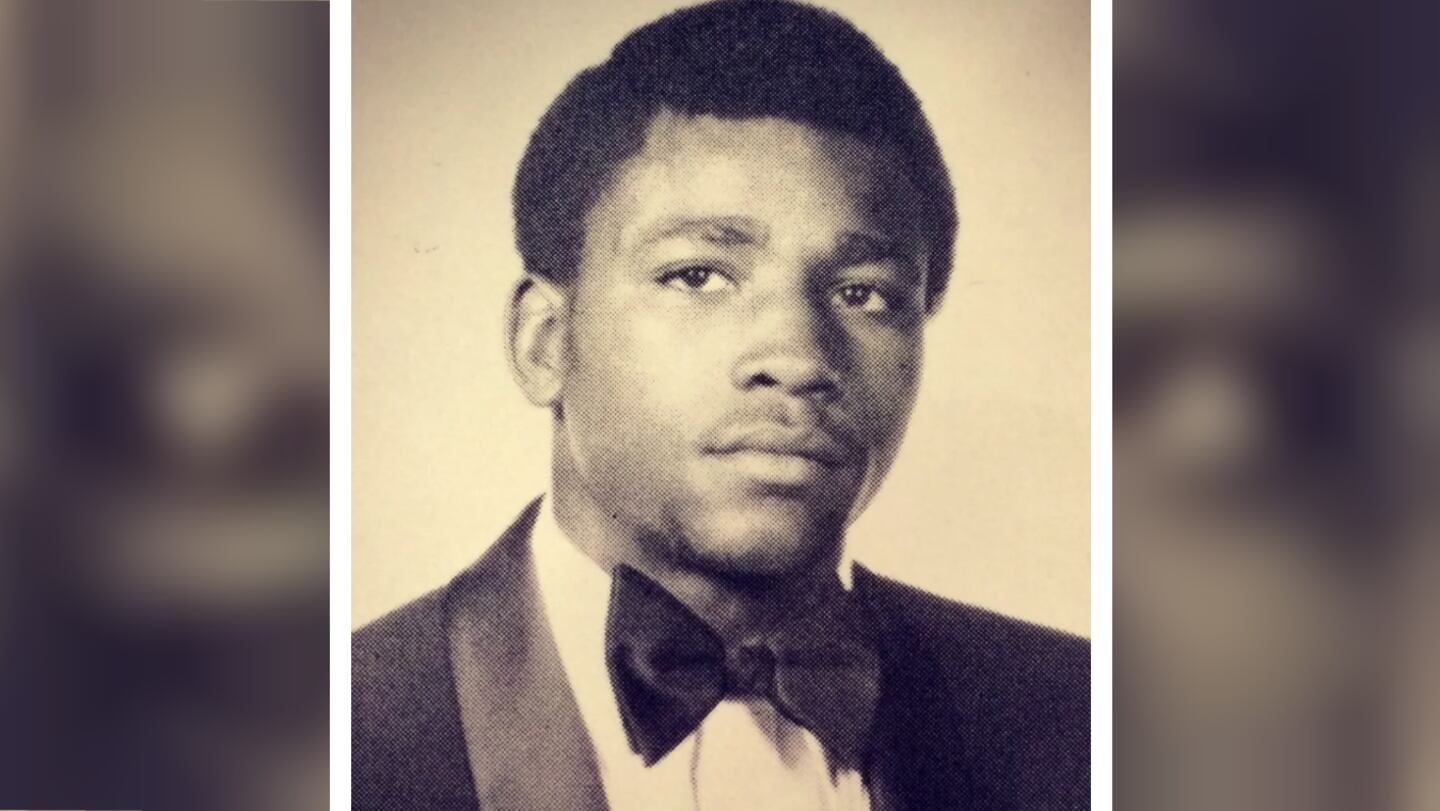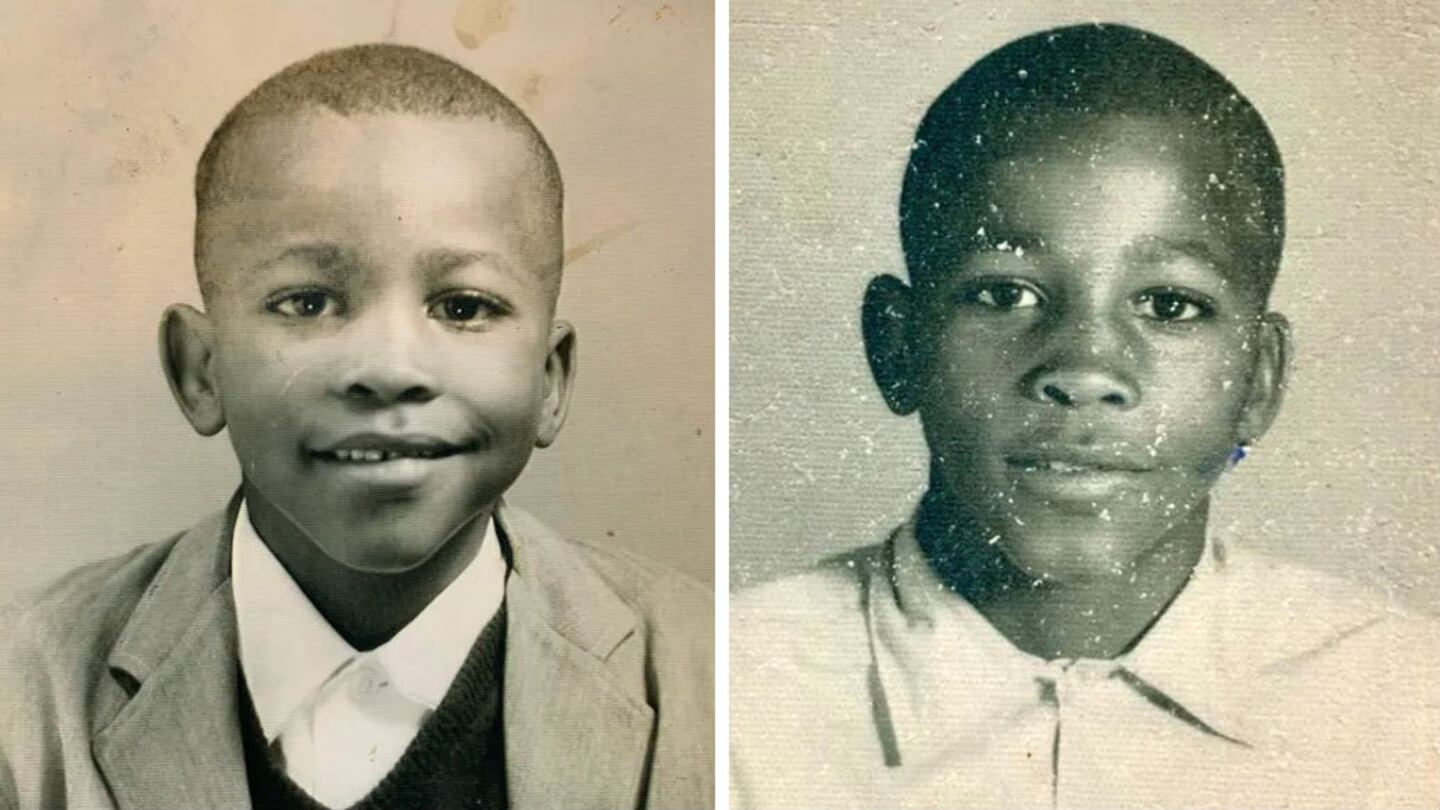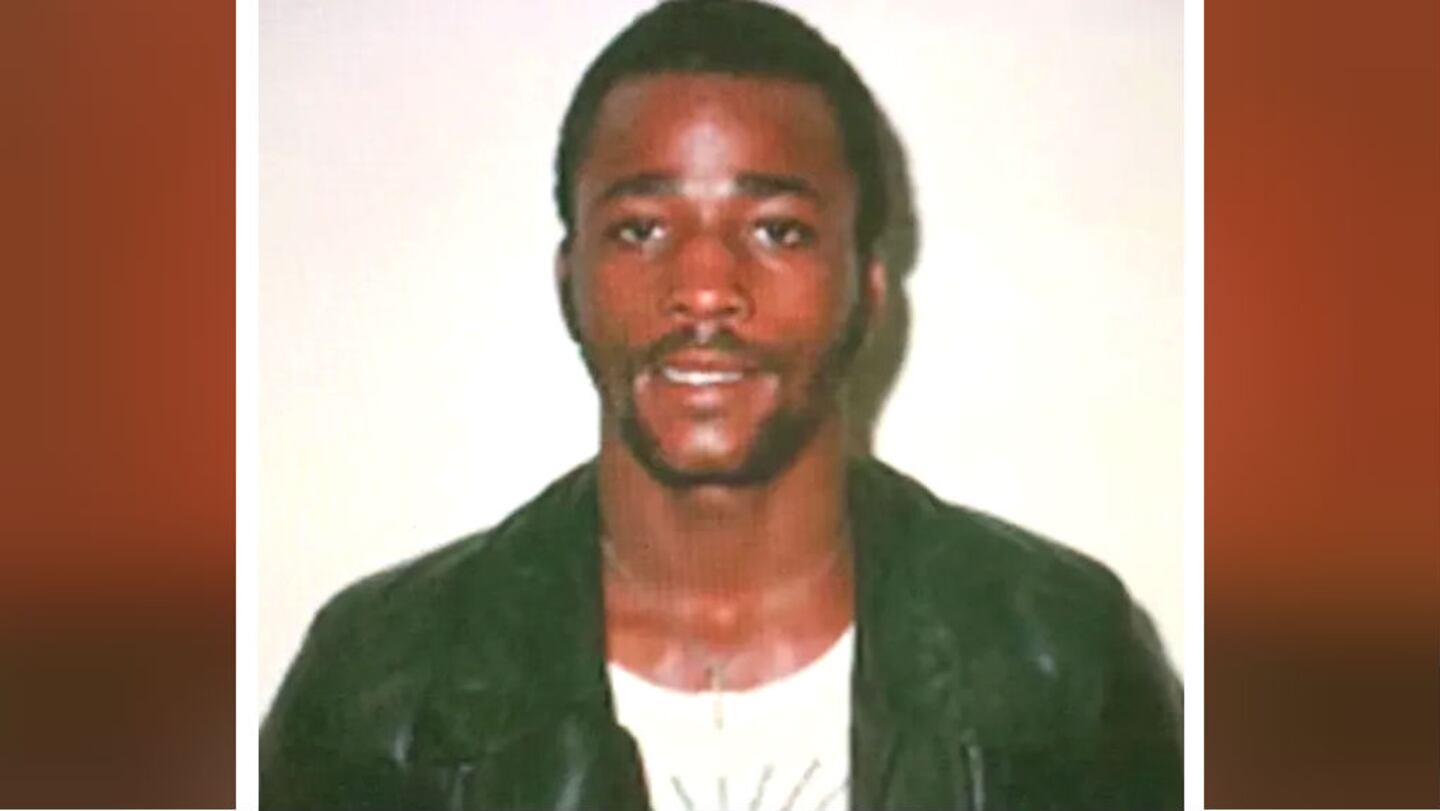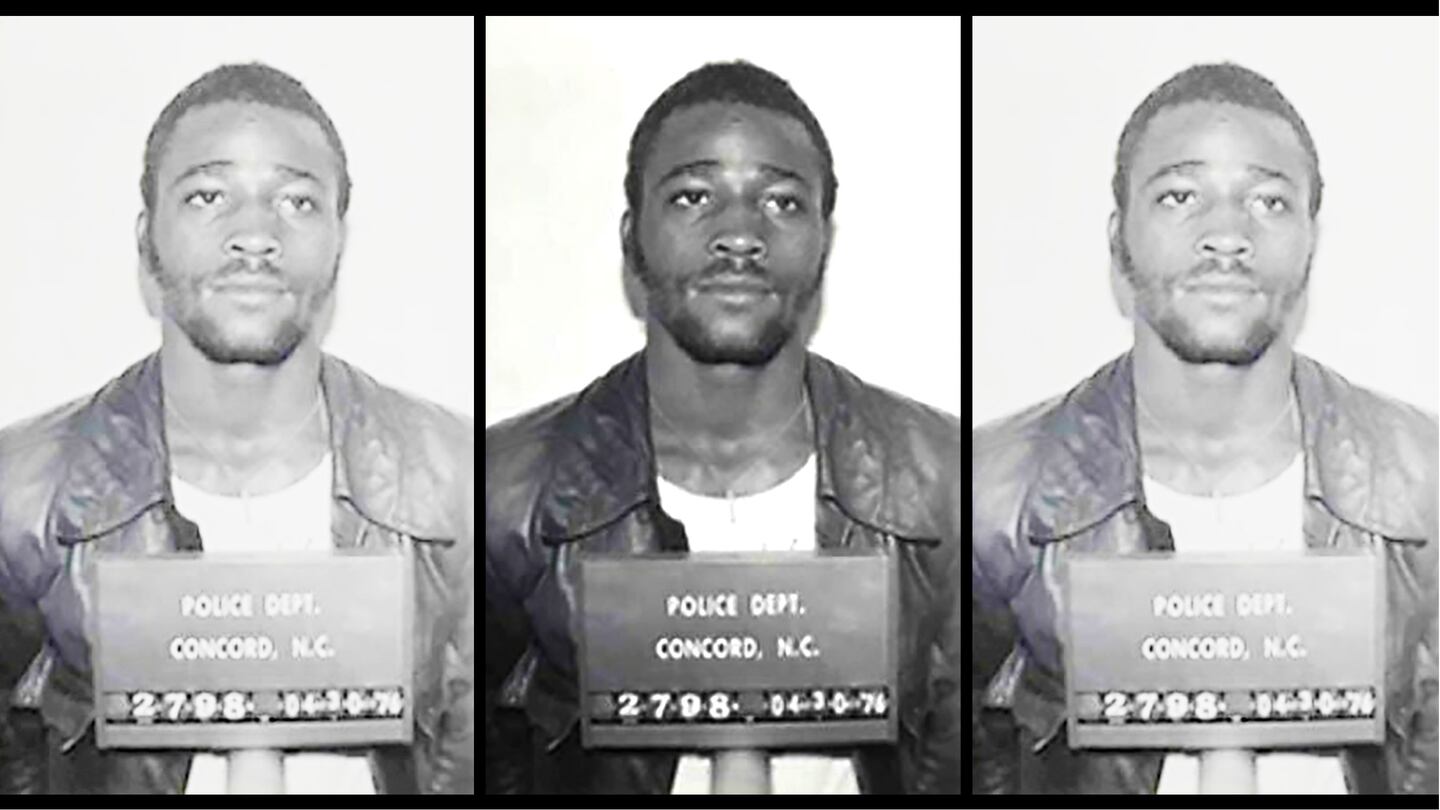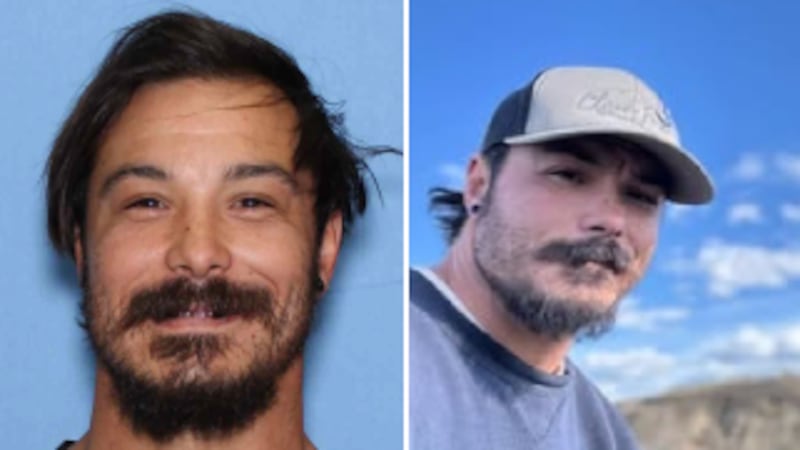CONCORD, N.C. — A North Carolina man who for the past 44 years has maintained his innocence in a brutal rape will soon be freed following a ruling by an appeals court.
The U.S. 4th Circuit Court of Appeals ruled Monday that Ronnie Wallace Long’s constitutional rights were violated during his 1976 trial and conviction. The court remanded the case back to the district court.
Jamie Lau, Long’s attorney with the Duke University School of Law’s Wrongful Convictions Clinic said Wednesday that the state had filed a motion asking the Appeals Court to issue a mandate in the case.
“The state said it will ask the district court to enter a writ vacating Ronnie’s conviction,” Lau said in a tweet. “In short, Ronnie Long is coming home!”
“This is a huge step and freedom is on the horizon,” Lau said. “It’s a credit to the @NCAGO (North Carolina Attorney General’s Office) that it also wants to move quickly. And while I know criticism will head its way, today @NCAGO acted in the interest of justice.”
Long, now 64, was convicted Oct. 1, 1976, of burglary and the rape of a prominent widow in Concord, who died in 2015 at the age of 93.
Despite a complete lack of physical evidence tying him to the crime, an all-white jury sentenced him to two life sentences.
“Physical evidence was collected and tested, but his counsel did not know of the tests or their negative results,” Long’s 2016 petition states. “Additionally, as described below, the victim’s identification of Long 10 days after the crime was highly suggestive and inherently unreliable.
“Finally, the circumstances of the trial further undermine confidence in the verdict. An all-white jury, which was drawn from a pool of prospective jurors hand-screened by the county sheriff, included four jurors with employment connections to the victim’s spouse, and a racially polarized atmosphere existed.”
According to court records, just two of the 49 prospective jurors in the case were Black.
.@DukeLaw Wrongful Convictions Clinic client Ronnie Long has been imprisoned for 44 years after a 1976 trial tainted by misconduct and suppressed evidence
— Duke University (@DukeU) August 27, 2020
On Wednesday, the state dropped its case against Long and moved to expedite his releasehttps://t.co/26QMVZkCCv
The judges on the Appeals Court agreed, pointing out that prosecutors at Long’s trial asked the jury to rely on the “perfect honesty” of the police detectives who had investigated the crime.
“However, from the time of petitioner’s conviction until now, a trickle of post-trial disclosures has unearthed a troubling and striking pattern of deliberate police suppression of material evidence, in violation of petitioner’s due process rights,” the court’s ruling this week states. “This suppressed, material evidence includes lab test results demonstrating that petitioner was not linked to the crime scene in any way; a medical authorization demonstrating sperm taken from the victim was turned over to the police and never seen again; and most recently, 43 latent fingerprints lifted from the scene, none of which matched petitioner.”
The panel vacated the district court’s dismissal of Long’s appeal, stating that it subjected him to an “enhanced burden, unreasonably applied Supreme Court law and was objectively unreasonable.” While the judges did not answer the question of Long’s “actual innocence,” they ordered the district court to do so.
Read Ronnie Long’s 2016 writ of habeas corpus petition here.
State Attorney General Joshua Stein’s motion states that, though he disagrees with the Appeals Court’s assessment of the lower court’s ruling, he wishes for the court to issue the mandate remanding Long’s case immediately.
From there, he asks the district court to set Long free.
“The state has reviewed the court’s en banc opinion and has concluded that, in light of the court’s assessment of the evidence in the case and the procedural posture, there is no viable path forward on remand,” Stein wrote.
Lau tweeted that it would take some time for the courts to vacate the conviction, but the process has been put in motion.
“I spoke with Ronnie this morning. He is grateful, overwhelmed, and looks forward to reuniting with his loved ones,” Lau wrote.
While it will take some time for the courts to do what is needed to vacate the conviction, the State has set in motion a process that will lead to Ronnie's freedom. I spoke w/ Ronnie this morning. He grateful, overwhelmed, and looks forward to reuniting with his loved ones.
— Jamie Lau (@LauDurham) August 26, 2020
(3) The significance of today's motion is it seeks to accelerate what is normally a 21 day wait.
— Jamie Lau (@LauDurham) August 26, 2020
(4) More significant, the State told the 4th Circuit that it will ask the district court to enter the writ without delay. The writ is what will vacate Ronnie's conviction.
(5) At the time when a writ is entered, Ronnie will be released.
— Jamie Lau (@LauDurham) August 26, 2020
This is a huge step and freedom is on the horizon. It's a credit to the @NCAGO's that it also wants to move quickly. And, while I know criticism will head its way, today @NCAGO acted in the interest of justice.
WSOC in Charlotte spoke with Long’s wife, Ashleigh Long, who married him in 2014. According to FreeRonnieLongNow.org, the couple met while Ashleigh Long was a criminal justice student at the University of North Carolina Charlotte.
“I withdrew to help fight for Ronnie full-time,” Ashleigh Long wrote on the webpage dedicated to that fight. “I visit Ronnie weekly and speak with him daily. I am Ronnie’s direct contact to the outside world.”
Ashleigh Long has set up a GoFundMe page to raise funds to help with her husband’s adjustment to life outside of prison. As of Thursday, the page had raised more than $6,000.
“Ronnie will be freed no later than Sept. 10,” Ashleigh Long told WSOC. “The state of North Carolina is no longer contesting his conviction.”
A violent rape
Court records indicate Ronnie Long was a 20-year-old, Black cement mason with a 2-year-old son when he was accused of sexually assaulting the victim in her Concord home.
The 54-year-old victim, who has since died, was home alone on the night of April 25, 1976, when an intruder grabbed her from behind as she stepped from her kitchen into her den. A police report in the case indicated that the intruder was believed to have climbed the downspout at the rear of the house, walked the roof to the front and climbed inside through an upstairs window.
He attacked just after she made herself dinner.
“With a knife to (the victim’s) throat, the perpetrator first demanded money, and when (the victim) found none in her purse, he proceeded to drag her to the foot of the stairs, strip off her clothing, and rape her,” the court records state. “The perpetrator pushed (the victim’s) head down and to the side and told her, ‘Don’t look at my face.’”
The woman fought back, clawing at the man’s leather jacket so forcefully that her fingernails were “nearly bent backwards,” the documents say. Along with the jacket, the victim later described her assailant as wearing jeans and a dark toboggan pulled low on his head.
A ringing phone scared the attacker away about 10 to 15 minutes after the assault began. The victim ran naked to a neighbor’s home, where the neighbor called police and an ambulance.
At the hospital, the woman could not pick her attacker out of a photo array of 13 Black men. Long was not pictured among the photos.
Her initial description indicated the assailant was a light-skinned Black man, or “yellow” Black man, court documents show. Long is dark-skinned.
Read the police reports in Long’s rape case here.
Long also had facial hair, a detail missing from the victim’s initial description.
Two weeks after the rape, on May 10, 1976, detectives asked the victim to accompany them to the Cabarrus County Courthouse, where they “had reason to believe that there might be somebody in the courthouse … somebody there that (she) could recognize,” the documents state.
Disguised in a red wig and glasses, the woman observed court proceedings for 60 to 90 minutes before she spotted Long, who was called to the front of the courtroom. She identified him as her attacker before ever hearing him speak – despite later telling police she knew the assailant by his voice, which she described as “a Black voice.”
Long was in court following a trespassing arrest that took place five days after the rape. He was accused of trespassing in a park adjacent to his parents’ house, where he lived at the time.
The trespassing charge was dropped that day but Long was now a suspect in the woman’s rape. Investigators took the victim to the police station, where she was shown another photo array, this time with Long’s photo included.
“Of note, (Long) was the only person in the photos wearing a leather coat, which was the type of clothing (the victim) initially identified her assailant as wearing,” the court records state.
The woman picked Long out of the array, telling detectives she had “no doubt whatsoever” that he was her attacker.
Long was taken to the police station for questioning that night. While he thought the topic would be the dismissed trespassing charge, he was instead accused of rape and arrested.
He has not been home since.
An unsuccessful defense
Evidence presented during Long’s trial later that year included his jacket, a toboggan found in his car and some matches, also confiscated from his car as it sat in the police station parking lot.
No evidence of the crime was found on Long’s clothing, and the matches taken from his car did not match burned matches found inside the victim’s home the night of the attack.
Long also had an alibi.
According to defense witnesses, Long had attended a class reunion planning meeting the night of the rape and later hung out with friends. During the time frame of the assault, Long’s mother testified that he was home with her.
Long participated in a group phone call with his mother, his toddler son and the mother of his son, court records show. Testimony at trial indicated the entire call lasted about 45 minutes.
Long’s mother testified that after the phone call, she could hear him playing music in his bedroom until his father came home around 10:25 p.m with the family car, which he then borrowed to meet friends at a party in Charlotte.
Friends who saw Long in Charlotte that night also testified on his behalf. They recalled the clothing he wore that night, which contradicted what the rape victim said about her assailant’s clothing.
Long also had no scratches or marks visible on his body that would have indicated a violent struggle.
In closing arguments, prosecutors argued that the physical evidence was consistent with the victim’s testimony. The defense disagreed, arguing, “There is no evidence that (the victim), who testified that she scratched and fought for her life . . . No evidence (of) any skin, hair or anything the state can connect with Ronnie Wallace Long.”
“None of that was brought here, and if it exist(s), we don’t know about it, and maybe it wouldn’t fit this man if it exist(s).”
Long was convicted and sentenced to two concurrent life sentences. He has been proclaiming his innocence ever since.
Over the years, Long’s appellate lawyers have argued a number of points. They alleged that the victim’s identification of their client was improper because the procedures used by police were “impermissibly suggestive.”
They argued that the search of Long’s car was illegal because it was done without his consent. In 1986, 10 years after he was sent to prison, they argued that the makeup of the all-white jury demonstrated a “systematic exclusion of Blacks.”
The state courts denied each of his petitions for relief.
A change of luck
Long’s luck in federal court also ran against him until April 2005, when the North Carolina Center for Actual Innocence filed a motion demanding the location and preservation of evidence in the case. The motion also demanded that the state provide the defense with any and all test results on the physical evidence.
Those reports showed inconsistencies and lies by law enforcement officials at Long’s trial. They also showed that none of the evidence placed Long at the scene of the crime.
“Officers lied repeatedly during his trial,” Lau told WSOC. “Evidence that would have undercut the arguments made by the state was hidden from Long during the course of his trial, and that evidence also pointed toward someone else as the assailant.”
Tests showed that hair belonging to the attacker failed to match hair samples taken from Long for comparison, the court records show.
“You keep saying you got the right person,” Long told the news station. “How you got the right person when you got evidence? Suspect hair, fingerprints, footprints, carpet fibers?”
Once that evidence came to light, Long’s attorneys filed a motion seeking to locate and preserve evidence from the victim’s hospital treatment following the rape. In April 2007, the hospital reported that no medical records or other evidence existed in the victim’s name.
Lau said the victim’s rape kit vanished after the hospital turned it over to Concord police detectives.
Long filed an appeal claiming that prosecutors and police suppressed evidence in the case, but his appeal was denied. When that claim was appealed to the state Supreme Court, the vote was 3-3, which procedurally meant the lower court’s decision was affirmed.
The next move was Long’s 2016 federal habeas petition, which offered yet another bundle of withheld evidence – 43 latent fingerprints had been lifted from the crime scene and tested.
“An independent expert analyzed the prints and excluded petitioner as the source of the prints,” the federal Appeals Court states in its ruling this week.
Read the Fourth Circuit Court of Appeals’ Monday decision here.
“How in the world can a person’s word supersede scientific evidence,” Long told WSOC.
In Long’s latest appeal, he argued actual innocence of the crime based on the evidence that had been withheld.
The appeals court ruled that Long’s case should be remanded back to the district court and urged the court to “act with dispatch” considering Long’s age and the number of years he has been behind bars.
“Without a doubt, no reasonable jury could find Mr. Long guilty based on the undeniable facts before us today: Suppressed physical evidence failing to link Mr. Long to the crime scene, the perjured testimony of investigating officers, missing key biological evidence and an eyewitness identification obtained through means now illegal in North Carolina,” the ruling states. “So, while I am in full accord with the majority that Mr. Long would be entitled to additional discovery if it were necessary, I believe there to be no need for it.
“Rather, justice demands that we immediately grant Mr. Long the relief he has pursued for 44 years.”
Cox Media Group
